This tree is also known as the Northern Silky Oak or Bull Oak.
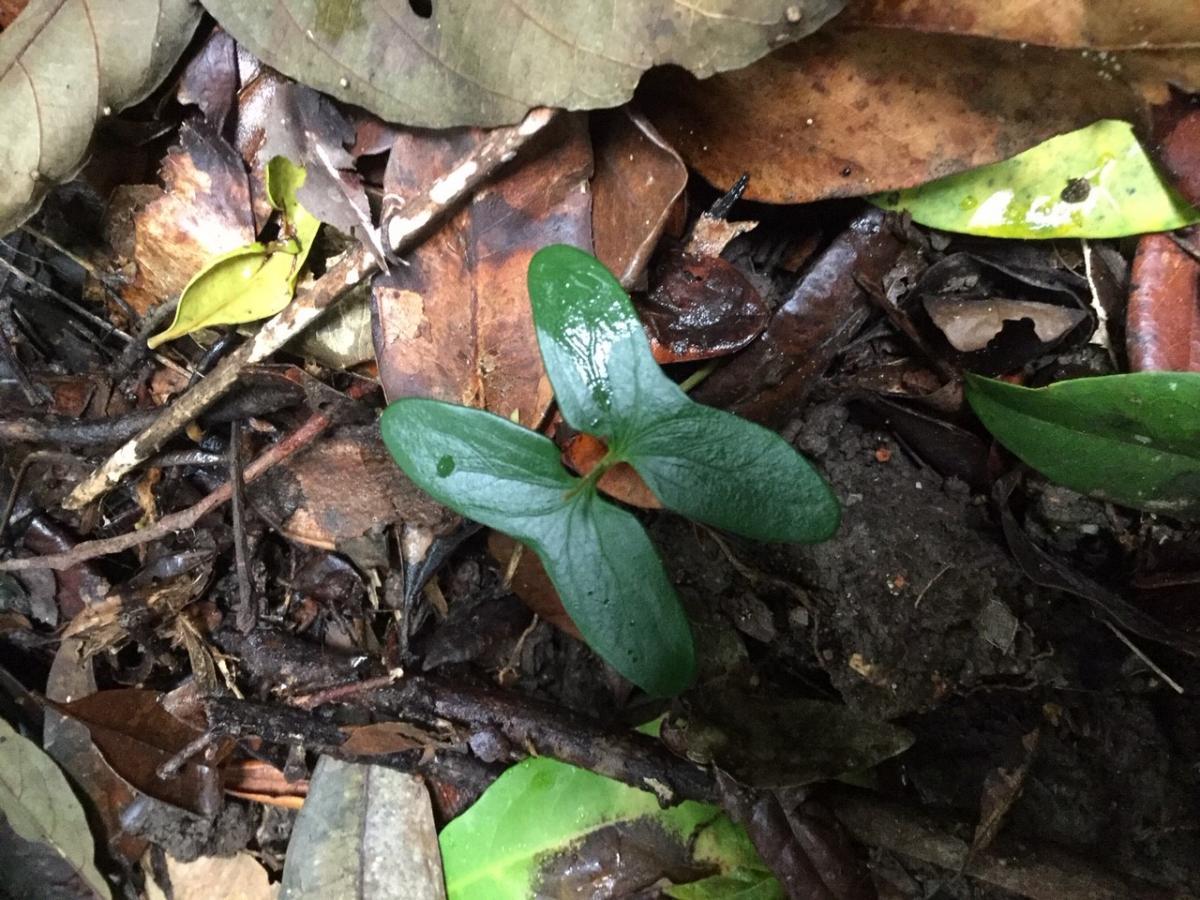
Two seasons ago, after the rainy season, many patches of the rainforest floor were covered in what appeared to be leafy green butterflies. Close inspection showed that they were actually the seedlings of the northern Silky Oak (Cardwellia sublimis). The seeds of this species are flat and ovate, and when they germinate the two halves of the seed (cotyledons) split apart to become green pseudo-leaves, with the stem of the seedling in the middle. After a month or so the first true leaves develop and the butterfly shape is lost.
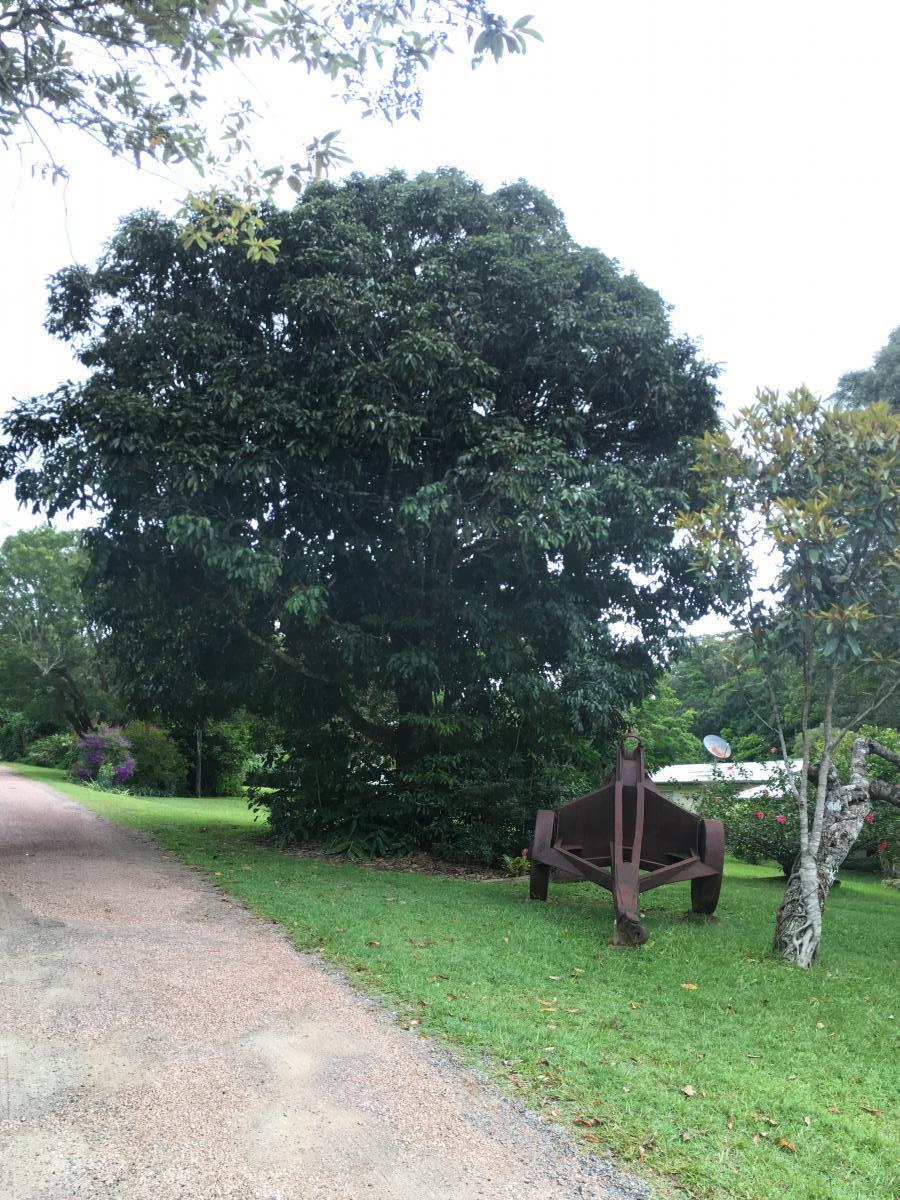
Despite the fact that these were a common sight, none of us managed to capture the full splendour of this display on a camera so the picture of a solitary seedling here does not do justice to what we saw. The display has not been repeated in subsequent years. Perhaps next year?
Sublimis derives from Latin, meaning tall and lofty and Cardwellia sublimis is indeed that, growing to a tall and shapely 35 metres. It is the only species in its genus and is endemic only from the Big Table-land near Cooktown to the Paluma Range, growing at altitudes up to 1300 metres. The tree was named by Ferdinand von Mueller in honour of Edward Cardwell, Secretary of State for the Colonies from 1864 to 1866. The type specimen was collected by John Dallachy in Rockingham Bay. Its name in the local Dyirbal language was ‘jungan’.
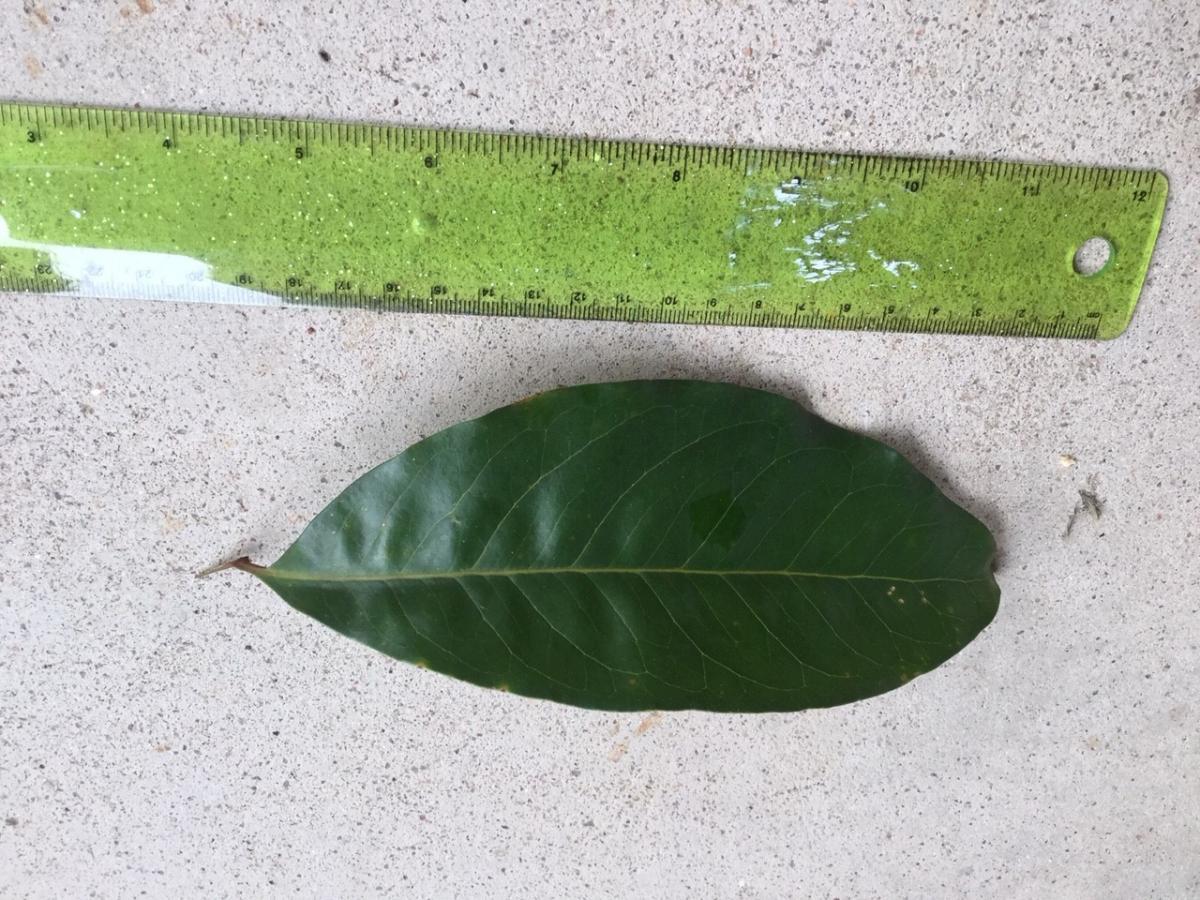
The compound leaves have 6 to 20 leaflets arranged in pairs on short stalks. They are about 20 cm long. The upper surface of the leaf is glossy dark green and glabrous (hairless), while the underside is covered in minute rusty coloured hairs.
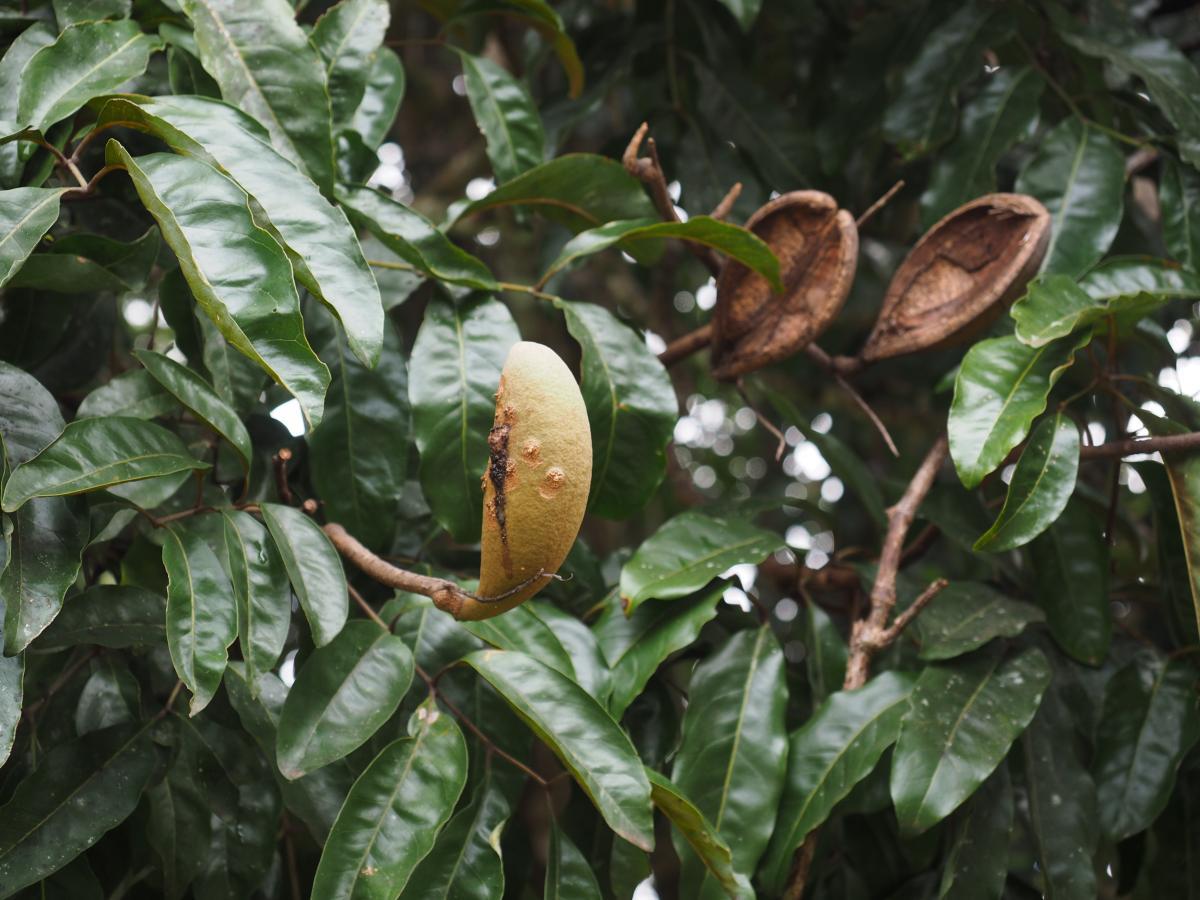
The fragrant white or cream flowers grow in terminal racemes or spikes, crowning the tree spectacularly from October to December. Then, in January, standing proud on long stems above the tree canopy, the large oval seedcases are silhouetted against the sky. When ready, these capsules crash to the ground or (with a startling bang) onto a house roof, opening to release 6 to 12 winged, flat seeds. The empty seed capsules, or follicles, split along one side only. They are brown and woody and lie like miniature cobblestones on a bumpy pavement but they quickly decompose back into the soil. Seeds of Cardwellia sublimis are eaten by Sulphur-crested Cockatoos, Bush Rats and Giant White-tailed Rats.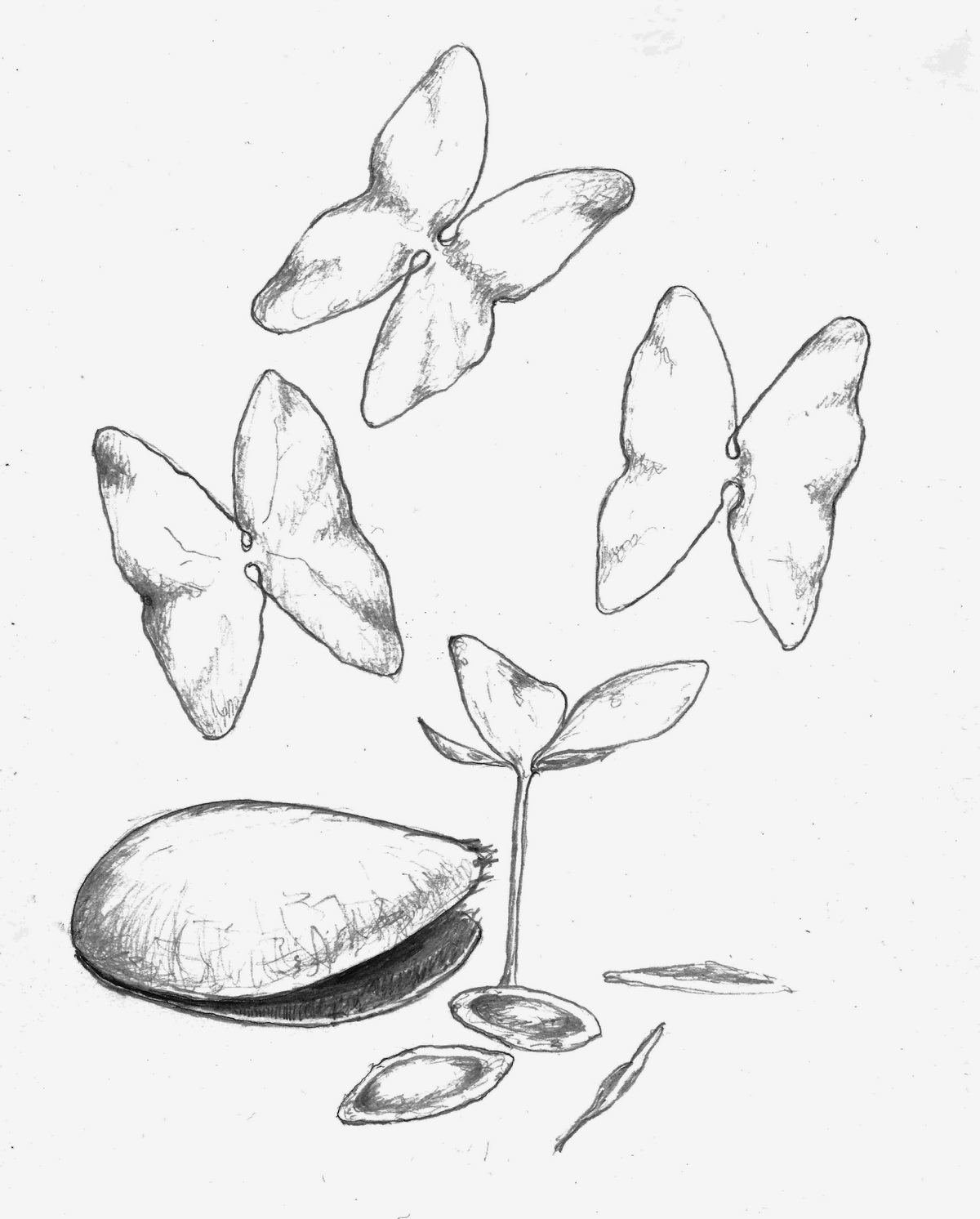
The dark, oak-like timber of this tree is highly regarded and sought after for furniture and cabinet making. It once made up 15% of all timber production in the area.
Text and sketch by Colwyn Campbell;
Photos by Colwyn Campbell and Jamie Oliver
